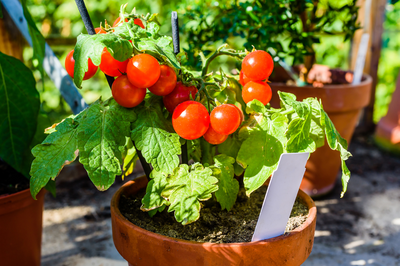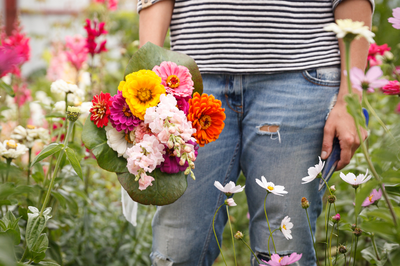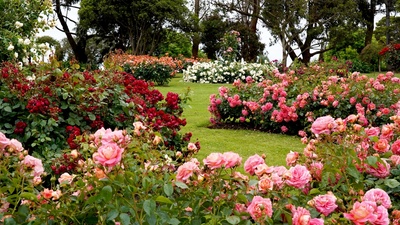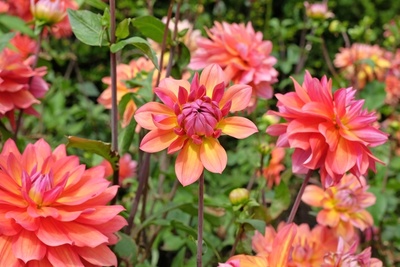 The first sighting of ladybirds in spring is a sign for gardeners everywhere to rejoice. These cute little beetles with their cheerful red and black spotted coats are actually voracious predators, and they like nothing better than hoovering up pests such as aphids and scale insects. With each ladybird capable of eating around 5000 aphids in its lifetime, it’s definitely worth getting to know them better.
The first sighting of ladybirds in spring is a sign for gardeners everywhere to rejoice. These cute little beetles with their cheerful red and black spotted coats are actually voracious predators, and they like nothing better than hoovering up pests such as aphids and scale insects. With each ladybird capable of eating around 5000 aphids in its lifetime, it’s definitely worth getting to know them better.
Ladybird life cycle
Adult ladybirds overwinter in sheltered spots, often inside buildings and sheds, emerging in spring to mate and lay their eggs. The larvae hatch 3-10 days later, depending on how warm the weather is, and proceed to eat aphids at an astonishing rate. After one month, the larvae pupate. A hard casing forms around each one, and inside this casing the larva changes form completely, emerging 10-15 days later as an adult beetle. A ladybird typically lives for one year, and each female can lay several sets of eggs during spring and summer.
How to encourage ladybirds into your garden
The best way to get ladybirds into your garden is to provide them with food and shelter. As well as devouring aphids by the shovel-load, ladybirds also eat pollen, so planting pollen-rich flowering plants is a must for a ladybird-friendly garden. Plants that attract ladybirds:
- Angelica
- Calendula
- Chives
- Cosmos
- Yarrow
- Lavender
- Dill
- Thyme
Another good way to increase your chances of having ladybirds in your garden in spring when the aphids appear is to give them shelters to overwinter in. It’s easy to make your own ladybird shelter using a bundle of short tubes such as bamboo canes or drinking straws. Tie the bundle together, plugging up one end of each tube to keep the wind from whistling through, then hang it up in summer in a bush or shrub near flowering plants, with the open ends of the tubes pointing slightly downwards to protect against rain.
Harlequin ladybirds – good or bad?
The 7-spot ladybird with its neat red coat and black spots is what most people think of as our native ladybird, but in fact there are 48 different species of ladybird in the UK, in a wide range of colours, sizes and spot numbers. Since around 2008, we’ve also started to see Harlequin ladybirds, which were accidentally introduced to this country from Japan. Harlequin ladybirds are more aggressive than their UK counterparts, and there’s a concern that the native species are at risk from these new arrivals. However, as it’s not always easy to tell which is which, it’s best to leave the ladybirds to sort things out between themselves, so as not to risk accidentally destroying native ladybirds.
Making your garden more welcoming to ladybirds and other wildlife is always a good idea, and if you’re looking for help and advice, pay a visit to our garden centre where you’ll find plants and everything else you need to turn your garden into a wildlife-friendly haven.




